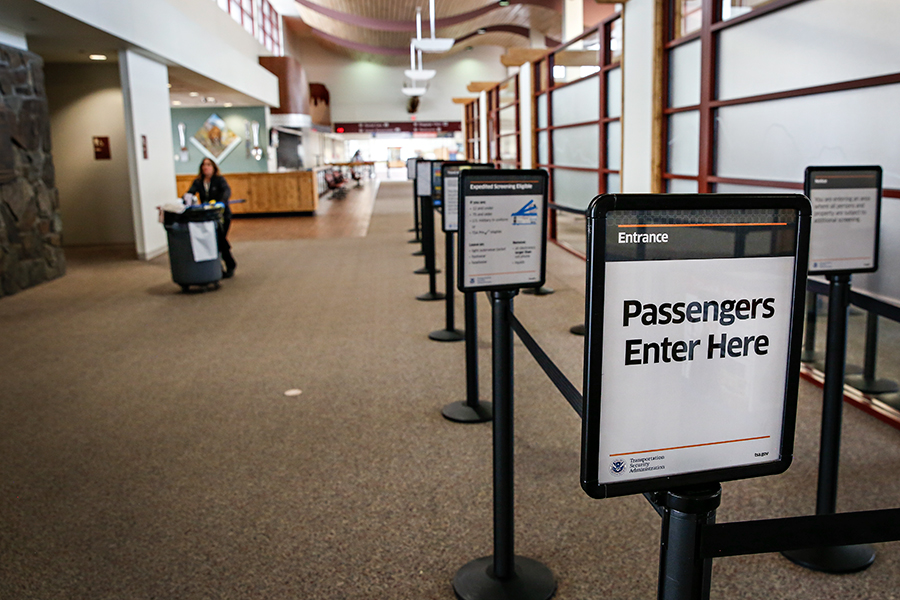Bullock Extends Stay-at-home Order by Two Weeks to Slow Spread of COVID-19
Order also pushes K-12 school closures by two weeks, extends other emergency measures until April 24
By Tristan Scott
In an ongoing effort to slow the spread of coronavirus, Gov. Steve Bullock on Tuesday afternoon extended a stay-at-home order for all Montana residents until April 24, pushing his previous directive forward by two weeks while also stretching school closures and restrictions on non-essential businesses.
Last week, Bullock said such extensions were likely and that he would consider further modifications to his orders in two-week increments given the outbreak’s dynamic nature and far-reaching impacts. His initial stay-at-home directive was set to expire on April 10.
Bullock also encouraged residents to wear cloth masks and face coverings in public settings in which social distancing is a challenge, such as in lines or while shopping at the grocery store or pharmacy. The recommendation follows that of the Centers for Disease Control and Prevention.
Bullock urged residents to use cloth masks and reserve medical-grade masks for health care professionals and first responders for whom personal protection equipment is both critical and limited.
The governor announced the new directive as Montana’s total number of confirmed COVID-19 cases hit 320, including six deaths, 28 hospitalizations and 58 recoveries.
The extension covers the stay-at-home order that Montanans have been adjusting to since its implementation on March 24, as well as school closures, on-premise dining and beverage operations, eviction and foreclosure suspensions, and the mandatory 14-day self-quarantine for travelers coming into Montana for non-work-related travel.
“We know that staying home will help to flatten the curve. For every person we take out of the chain of transmission of this virus, the more likely our health care facilities can handle the capacity to respond, and the more likely we can beat back this virus sooner rather than later,” Bullock said. “We stay at home to ensure that our health care workers and first responders have adequate time to receive the supplies to keep them, their patients, and their families safe. We stay home to protect Montanans in our rural communities and our rural health care workers who face long distances to access care.”
“We also stay home so that we can more quickly rebuild to a thriving economy. It is not a choice between a healthy population and a healthy economy – the two go hand in hand. Managing this public health crisis now will help to prevent long-term consequences that could upend our economy for a longer duration and with a worse outcome,” he added.
Bullock’s directive also waived the current statutory requirement that local and county governments exhaust all available emergency levies before they are able to access state emergency or disaster funding. Under existing requirements, counties must enact a 2-mill emergency levy in order to access new funding coming to the state through the federal Coronavirus Aid, Relief and Economic Security (CARES) Act.
The federal relief measure, which was passed into law March 27, is expected to bring $1.25 billion into the state to support its response to the public health crisis.